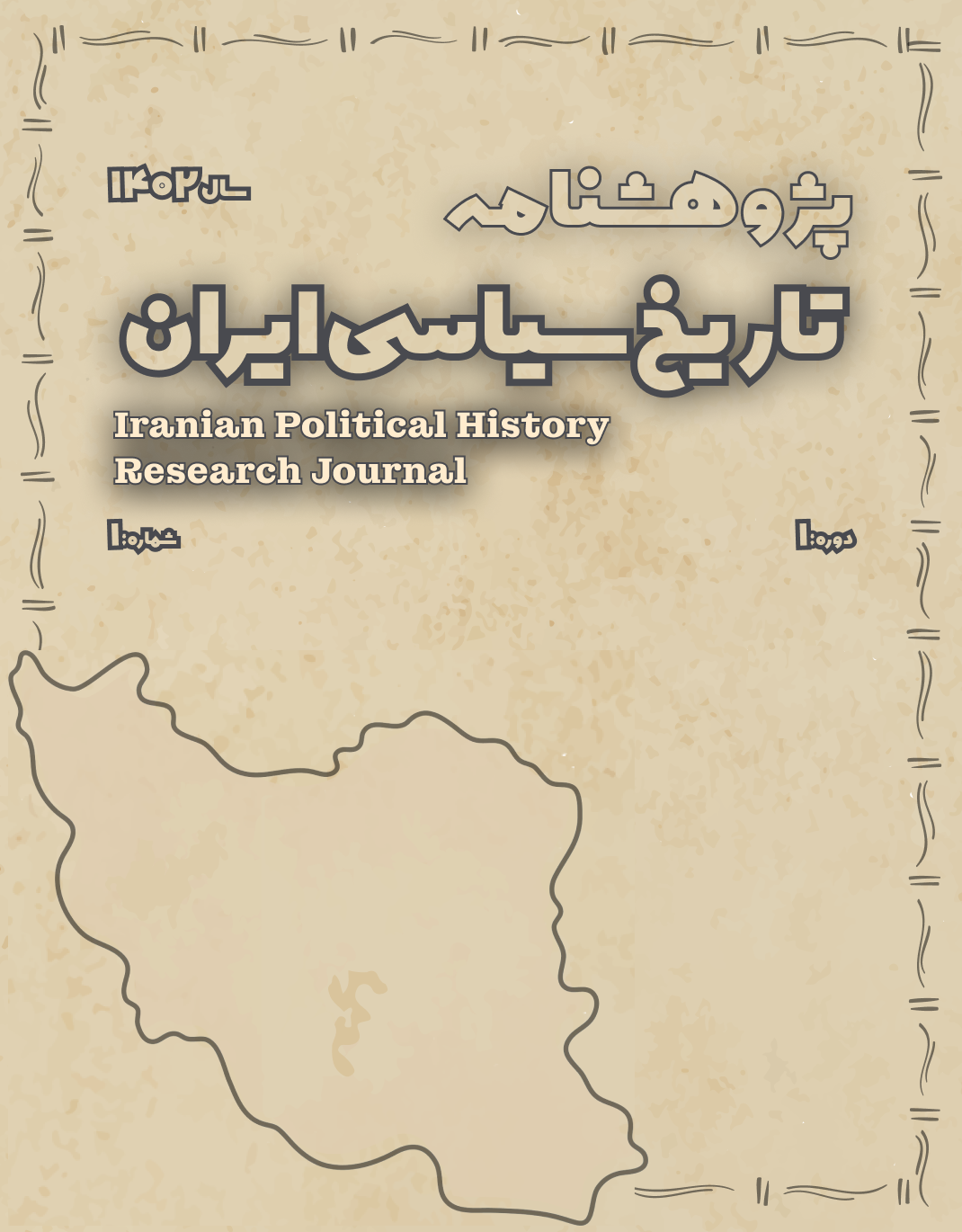Investigating the Role of Tribes and Nomads in Power Relations during the Qajar Era
Keywords:
Qajar, tribes, nomads, Bakhtiari, Qashqai, Shahsevan, Turkmen, power relations, central government, Iranian political historyAbstract
This article explores the role of tribes and nomads in the power dynamics of the Qajar era, offering a historical-analytical investigation into how major tribal confederations such as the Bakhtiari, Qashqai, Shahsevan, and Turkmen influenced Iran’s political structure during the nineteenth and early twentieth centuries. The central question of this study is how the Qajar state interacted with these tribal groups and how such interactions shaped the balance of power between the central government and peripheral forces. Drawing on historical documents, political reports, travelogues, and scholarly sources, the study applies theories of traditional power and the center-periphery model to analyze these relations. The findings reveal that the Qajar state oscillated between repression and alliance when dealing with tribes. In certain cases, it employed co-optation strategies through the granting of positions, land, and titles, while in others, it resorted to disempowerment, exile, or military confrontation. Tribal involvement in political crises—especially during the Constitutional Revolution—demonstrates that these groups were not merely marginal traditional forces, but influential political actors with national reach. Case studies of specific tribes confirm that their presence often played a decisive role in either reinforcing or weakening state authority, particularly in frontier regions and times of upheaval. Ultimately, the article suggests that a comprehensive understanding of Iranian political history must re-center the analysis of tribal structures and their agency.
Downloads
References
Afary, J. (1996). The Iranian Constitutional Revolution, 1906-1911: Grassroots Democracy, Social Democracy, & the Origins of Feminism. Columbia University Press.
Eisenstadt, S. N. (1966). Modernization: Protest and Change. Prentice-Hall.
Khazeni, A. (2009). Tribes and Empire on the Margins of Nineteenth-Century Iran. University of Washington Press.
Tapper, R. (1997). Frontier Nomads









